|
It’s not going to be a long blog post this month, because I have precisely five days before I need to be in a car with my husband and all my worldly possessions and heading cross-country to Yellowstone. But being in the thick of several manuscripts at all different stages—one in plotting, one in drafting, and one in editing—I wanted to share some great tips I’ve gathered over the years on jump-starting protagonists. Think of them as icebreakers for authors, only less horrible than real social icebreakers because your characters can't judge you. So many of my protagonists start out as little more than a suggestion—a role to fill (Mae), a foil to another character (Rou), a catalyst (Celeno). Often, it’s not until I reach the end of the first draft that I understand exactly who that character is and how to achieve their full potential. Sometimes that makes drafting hard, especially when I need a character to make a big decision—by the time I was writing Creatures of Light, I knew, for example, how Mona would react in any given situation. But as I was drafting book 1 of The Outlaw Road, with new characters, I had to do a lot more puzzling. What choices would this character make? How do they handle their problems? How do they react when they fail? There are lots of great character-building exercises and activities available online and in writers' workshops to help you get to know your protagonist, but I have a few go-to aids that I use when I realize I need to know more about them. Check them out below the jump! 1. The Basic Traits: Save the Cat! Writes a NovelI picked up a copy of Jessica Brody’s Save the Cat! Writes a Novel after hearing Jessica Khoury recommend it on a panel we were on together. And boy howdy, has it streamlined my plotting. I won’t go into the really golden stuff in the book—it’s better read with all the details and sample beat sheets. But I will share a tidbit from the first chapter on knowing your hero. Brody explains that for a character to be protagonist-worthy, they need three things:
2. The Basic Traits, 2.0This is another similar approach to character building, much like the basic traits above. I regret that I can’t remember where I picked this up—I think I saw it several years ago on Twitter and pinned it to my office cork board along with other good writing tips, but I didn’t write down who originally tweeted (if you know, tell me in the comments!). This tweet suggested that for a character to be interesting, they need:
3. Character QuestionnaireI’m not sure where this particular set of questions originated, because it pops up on lots of different writing workshop blogs, such as Gotham Writers. This was the earliest character-building tool I used, using it to get to know characters like Mae, Mona, and Valien. This helped me hone in on some of the lingering effects exile had on Mae—such as a tendency to hoard things beyond their intended usefulness—and dig into the details of Mona’s relationship with her mother. It’s also where I developed individual tics and habits for different characters—Val’s constant drumming of his fingers, Mona’s clenched palms, and Colm’s, uh… crippling depression. There are around eighteen prompts in all, depending on which version you use, and they work best when written down, not just thought about internally. I added “nervous habits” and “handwriting style” to mine because they were relevant. Some of my favorites on the list include:
4. Spy on Your Character: Deb NortonThis is a more recent one that I’ve used to get to know Tamsin, a character in The Outlaw Road. I had edits back from my agent that this character needed to be more tangibly connected to the main body of the story, so I dug a little deeper than the questionnaire above and looked for prompts to use for some freewriting. I landed on a fun article on Writer’s Digest by Deb Norton, 10 Sly Character Development Techniques. Like the questionnaire above, these prompts work best as freewriting exercises—you’ll be amazed what starts to flow out when you begin writing that you hadn’t even considered when it was all stuck in your head. Not only did this give rise to some great symbolism and grounding characteristics in The Outlaw Road, it also created a few small side plots that solved some problems in book 2. Plus, spying on your characters is just fun. Some of my favorite prompts are:
Do you have favorite character-building tools or techniques? Share them below! April Art RoundupIt was Queen's Thief Appreciation Week this month! So most of my artwork was celebrating my favorite book series, plus a plein air from my watercolor sketchbook and a bookmark I made for a contest at my local library. What I'm Reading:
I'll be in Yellowstone for the next several months, and my WiFi will be sporadic! If you want to keep up with my sketches and park ranger adventures, follow me on Instagram!
0 Comments
Leave a Reply. |
Emily B. MartinAuthor and Illustrator Archives
August 2020
Categories
All
|

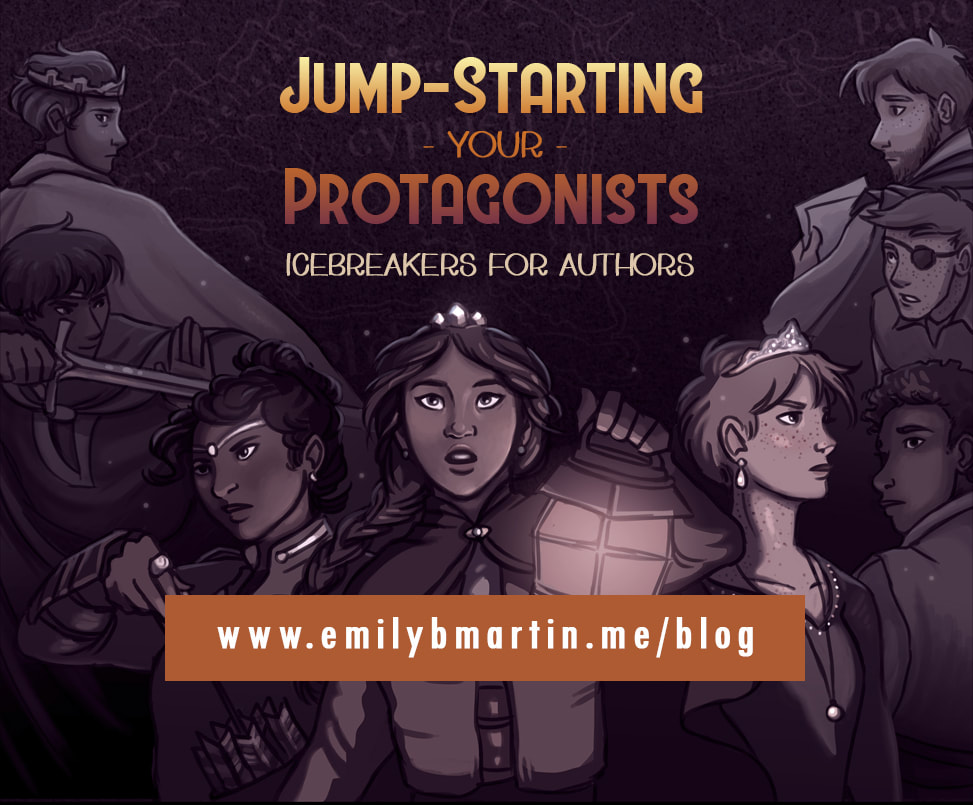
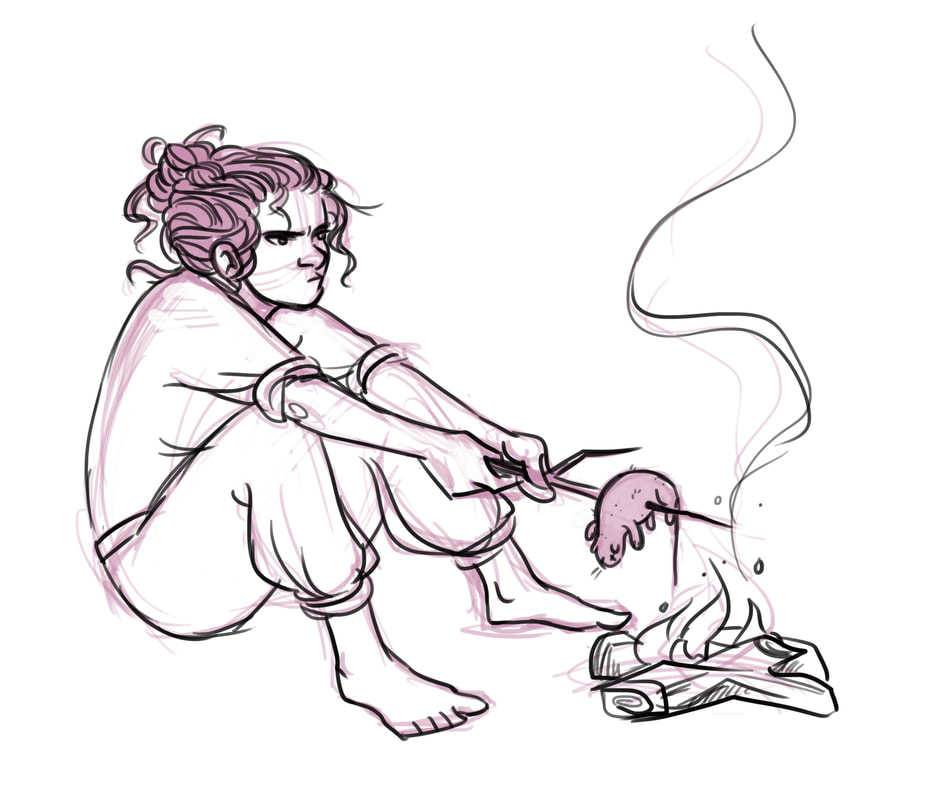
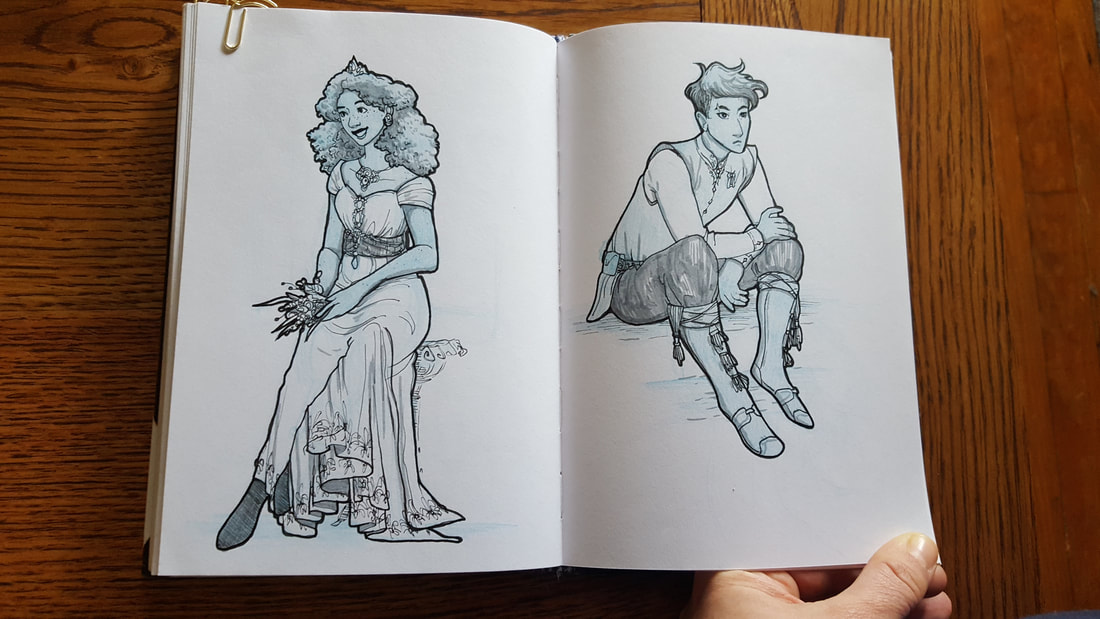
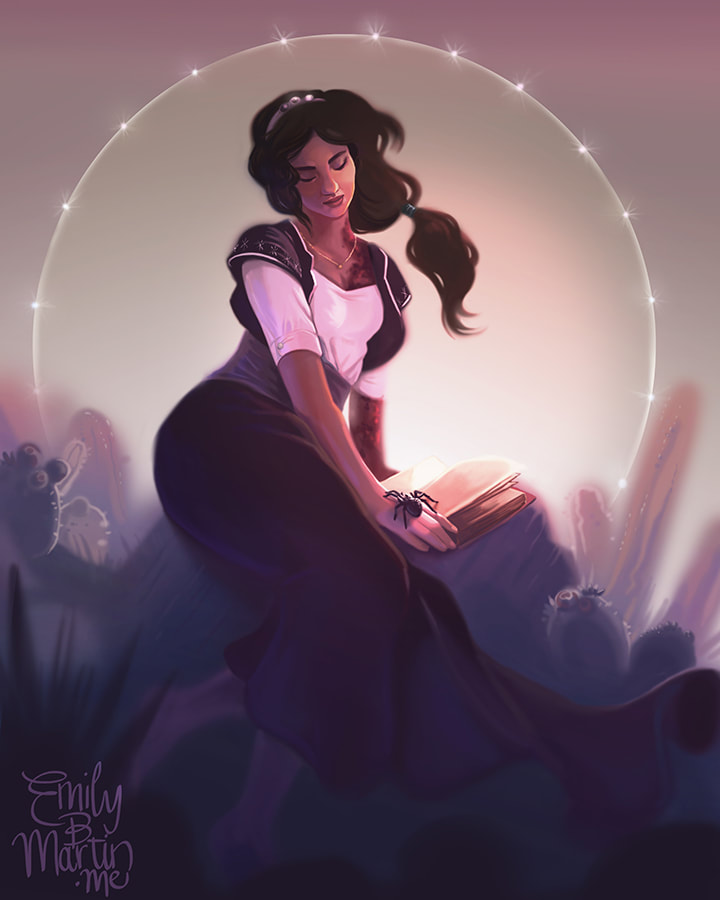
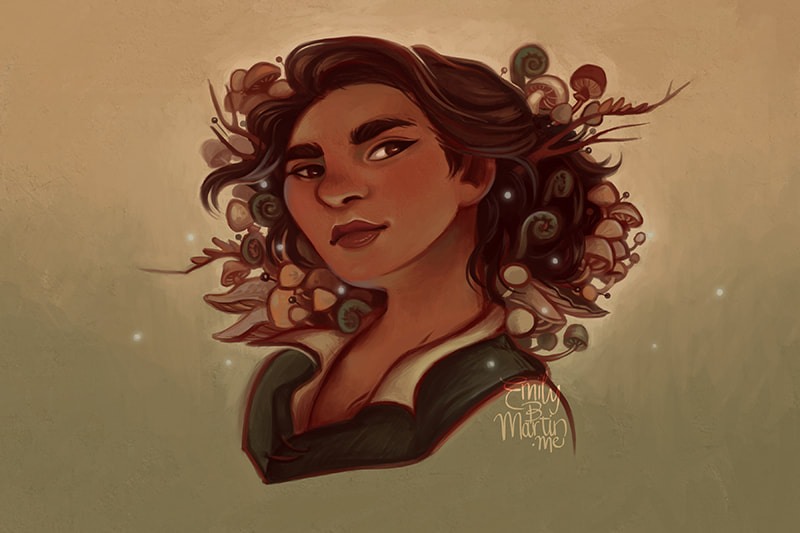
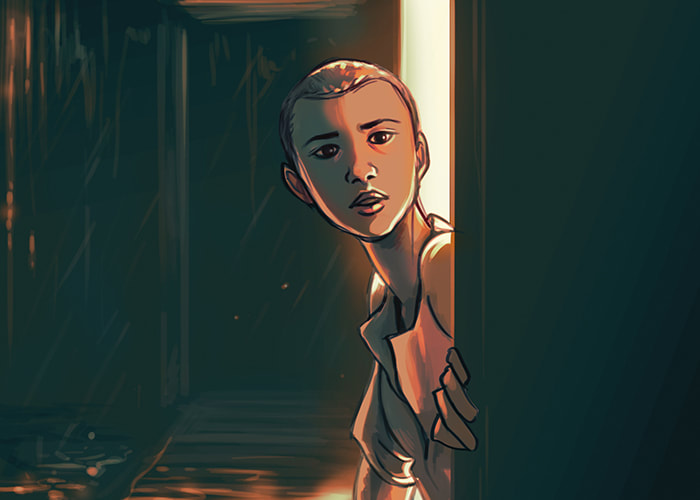
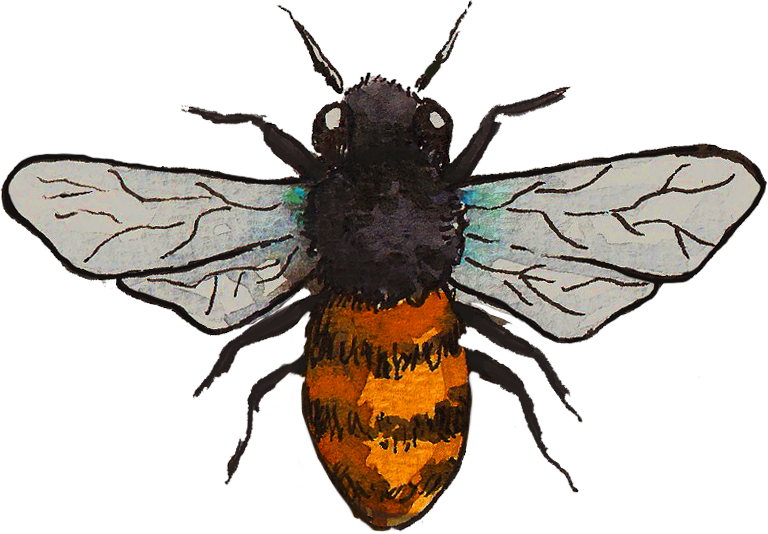
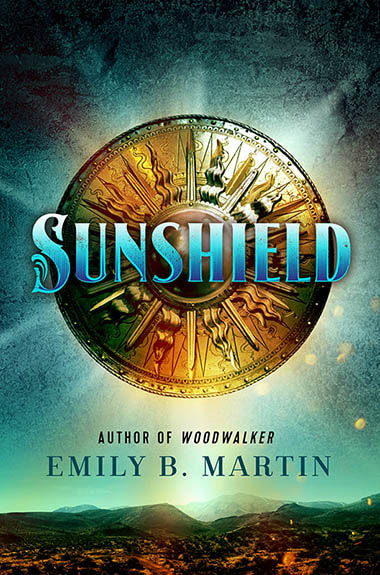
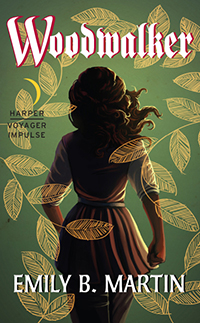
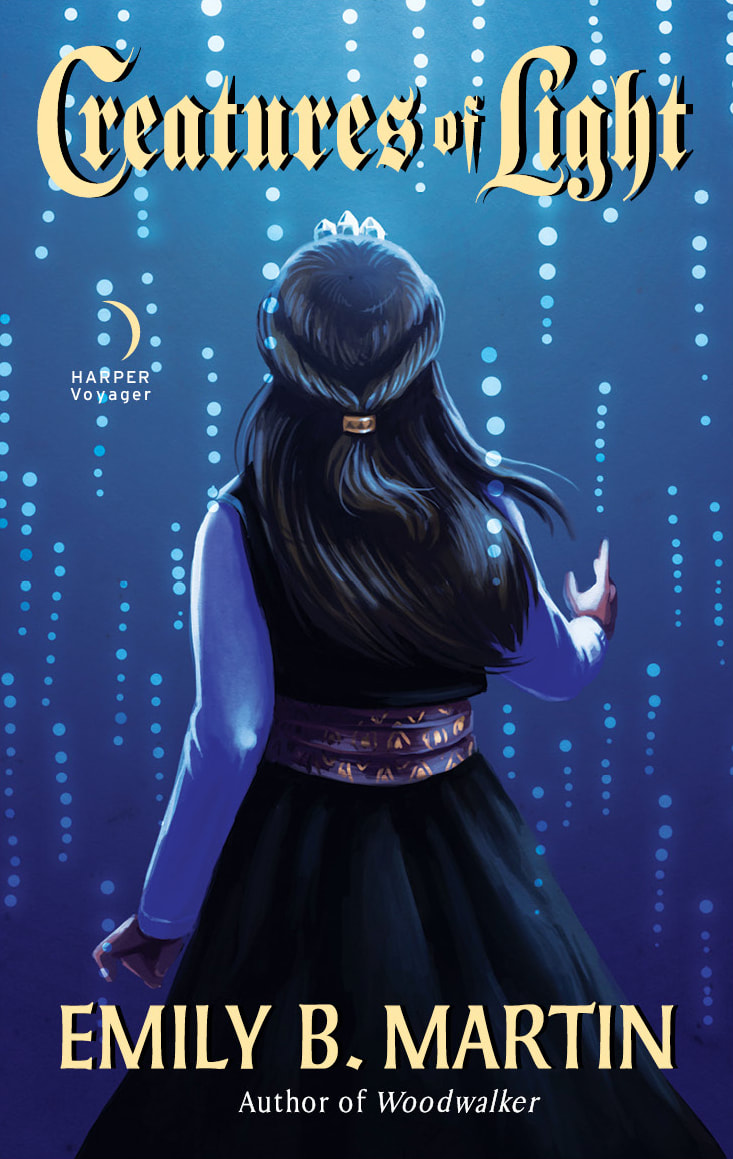
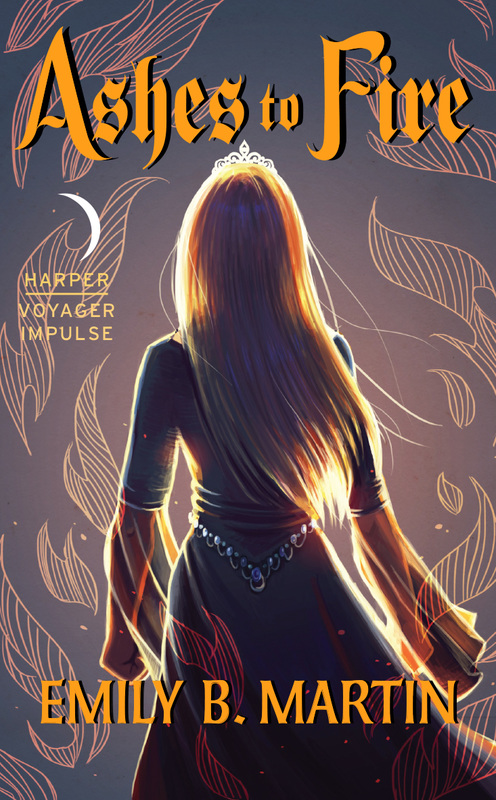
 RSS Feed
RSS Feed

